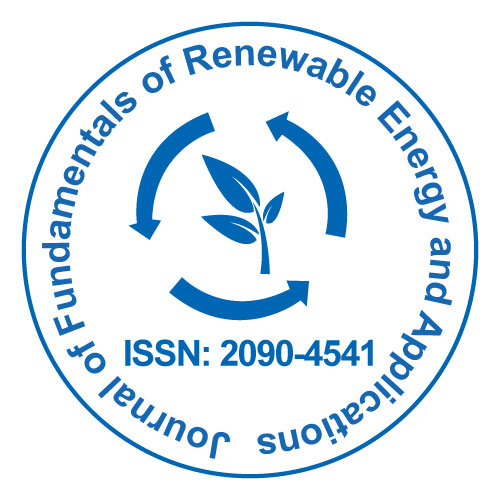
Journal of Fundamentals of Renewable Energy and Applications
Open Access
ISSN: 2090-4541
+44 1300 500008

ISSN: 2090-4541
+44 1300 500008
Aisha Matayeva
University of Bologna, Italy
Posters & Accepted Abstracts: J Fundam Renewable Energy Appl
Hydrothermal liquefaction (HTL) is one of the promising technologies for converting advanced biomass (wood, organic waste, algae, etc.) into biofuel. The bio-oil derived from HTL has lower oxygen content, higher stability and heating value. However, due to the presence of proteins in biomass, their degradation products are responsible for high nitrogen content in the bio-oil. Nitrogen containing compounds are highly problematic for conventional hydrotreatment catalysts and their presence in the bio-oil cause the NOx emissions. Therefore, it is essential to determine the reaction pathway of nitrogen containing compounds in order to minimize their formation and improve the performance of HTL. Doubtless, it can be very challenging to understand the chemistry of HTL, if starting directly from complex biomass. In this connection, the purpose of this study is to investigate the degradation route and the repartition of nitrogen during HTL of amino acids. The effect of different catalysts and solvents on nitrogen distribution into products of hydrothermal liquefaction of amino acids was investigated. The use of catalysts and co-solvents in the liquefaction process had different influence on the nitrogen content. The data obtained from this study can provide the knowledge about reaction pathways and mechanisms of nitrogen containing compounds at HTL, thus allowing improving the HTL performance in order to obtain high quality bio-oil.
Email: aisha.matayeva2@unibo.it